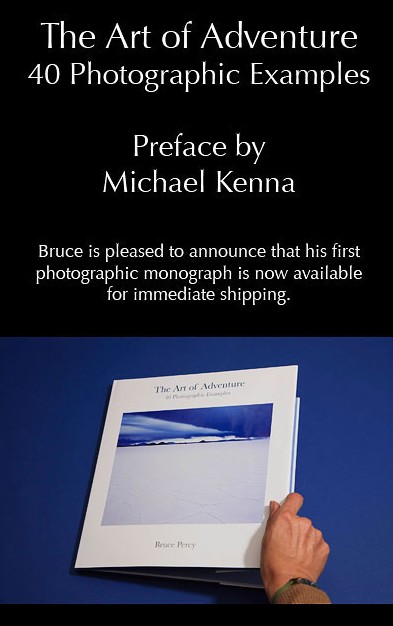How do you keep track of and manage your commitments? Most people are wearing multiple hats – this could be husband, father, dutiful employee, or at a more granular level – little league coach, counselor, accountant, marketer, content creator, etc. all of which have a pull on your time. There is a real skill to keep track of your commitments, to maintain balance and to allow for enough space to be creative and productive. How ready you are to engage productively with your life is proportional to how much psychic clutter you are toting around.
One of the tools that I’ve been using for almost a decade now is David Allen’s Getting Things Done or GTD system. GTD helps cut the psychic clutter and provides control and perspective. It’s well described in David Allen’s Book of the same name, and with the follow-ups ‘Ready For Anything’ and ‘Making it all Work’.
The central tenant to the GTD system is to get everything out of your head and into an efficient capture system. Once there you can review and define what the next steps are. This can be tremendously freeing and can result in remarkable increases in productivity.
The capture system can be as simple as a stack of 3×5 notecards clipped together or something significantly more sophisticated such as the tasks function built into Microsoft Outlook. Your capture system should be portable, or at least you should have a way to make sure ideas can be captured off-line and then entered into your system promptly. This and not regularly reviewing my lists of projects and associated next actions are the main reasons that I have fallen off the wagon in the past, while my calendar system where appointments get entered automatically is rock solid.
In addition to resulting in bursts of creativity and productivity the other thing a system where you can see all of your commitments in one place does, is to make you realize how much stuff you have going on. Consequently it’s much easier to say no to taking on additional tasks, or at least have the conversation about reprioritizing activities to allow a focus on the one you’re going to pick up.
And so it is with me. Since photography is something I do in addition to many other things, I need to fit it into an already busy schedule. I’ve been using my ‘photography time’ in the last couple of weeks to print and mat photographs. The people who’ve received the prints have been genuinely pleased with them and that in turn spurs me on.








